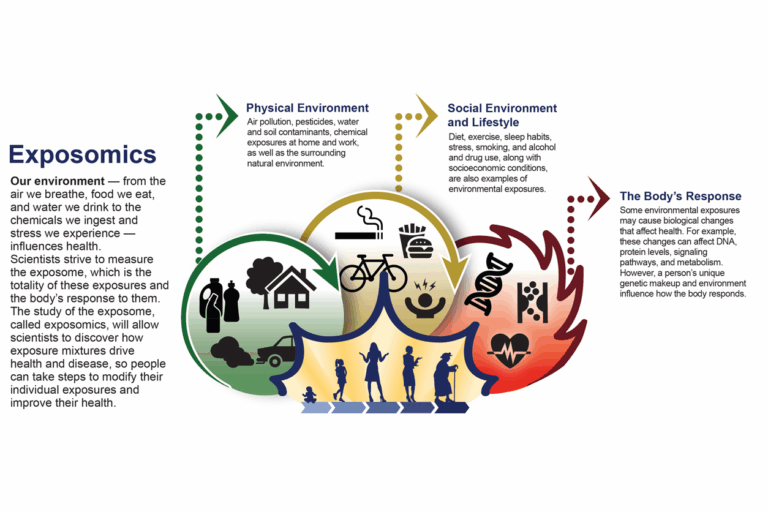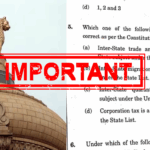India-Australia Defence Ties: Shaping Indo-Pacific Security Beyond the American Shadow
Why in the News?
Donald Trump’s likely return as U.S. President has raised uncertainty over America’s traditional alliance commitments, particularly in the Indo-Pacific. This offers India and Australia an opportunity to deepen their bilateral defence partnership and contribute more independently to regional security.

Background
India-Australia Strategic Relations:
Upgraded to a Comprehensive Strategic Partnership (CSP) in 2020.
Defence relations have been institutionalised through 2+2 Ministerial Dialogues since 2021. Collaborations in Malabar, AUSINDEX, and AUSTRAHIND exercises.
Contextual Global Trends:
Rise of China’s assertiveness in the Indo-Pacific.
AUKUS formation indicates realignment of strategic priorities.
U.S. unpredictability under Trump’s transactional diplomacy urges regional players to assume greater responsibilities.
Feature: Key Areas of Cooperation
- Strategic Autonomy and Regional Security
India and Australia are pivoting toward self-reliant security mechanisms. - Their shared threat perception of China’s maritime ambitions enhances convergence.
Operational and Institutional Mechanisms
Mutual Logistics Support Agreement (MLSA) enables operational synergy.
Air-to-Air Refuelling Agreement (2024) enhances force projection capabilities.
Tri-Service and Multilateral Military Engagements
Regular bilateral and multilateral joint exercises: AUSINDEX (Navy), AUSTRAHIND (Army), Malabar, and Pitch Black. - Defence Adviser (DA) Role and Strategic Representation
Currently, Navy-centric and overstretched (managing both Australia and the Pacific Islands).
Calls for a one-star rank DA, tri-service representation, and Pacific-focused staffing. - Industrial and Technological Collaboration via MSMEs
- Potential in co-developing dual-use tech (e.g. drones, surveillance, AI).
- Aligning the indigenous defence initiatives of both countries.
- Proposal for a dedicated India-Australia Defence MSME Forum akin to INDUS X.
Challenges
Over-reliance on Naval Cooperation: Limited Army and Air Force joint projects. Lack of Institutional Support for MSMEs: No bilateral funding or incubation mechanisms.
Strategic Ambiguity due to U.S. Policies: Trump’s approach may disrupt broader Indo-Pacific alignments. Underrepresentation at Diplomatic Level: The current Defence Adviser’s structure is inadequate for expanding roles.
Way Forward
- Deepen Tri-Service Integration
- Plan a large-scale integrated exercise involving all services to enhance interoperability.
Strengthen MSME Engagement - Launch joint funding initiatives for defence startups and dual-use tech developers.
- Promote hackathons and innovation challenges to foster bilateral R&D.
- Upgrade Defence Representation in Canberra
- Appoint a higher-ranked, tri-service DA team with a separate Pacific outreach cell.
- Expand MRO and Joint Manufacturing Projects
- Use India’s MRO capabilities to serve Australian needs and third countries in the Indian Ocean Region.
Conclusion
India-Australia defence cooperation is evolving into a robust middle-power partnership amid uncertain global dynamics. With proactive strategic alignment, joint defence manufacturing, and MSME-led innovation, both nations can shape an autonomous Indo-Pacific security order that goes beyond the shadow of traditional U.S.- led alliances.
MAINS PRACTICE QUESTION
Question: “In the backdrop of changing U.S. strategic commitments under a potential Trump presidency, critically analyse how India and Australia can redefine their bilateral defence partnership to shape the Indo-Pacific regional security architecture independently of American influence.”
PRELIMS PRACTICE QUESTION
Which of the following statements regarding the India-Australia defence partnership is/are correct?
- The India-Australia Comprehensive Strategic Partnership (CSP) was established in 2021 during the first 2+2 Ministerial Dialogue.
- The Mutual Logistics Support Agreement (MLSA) enables both nations to share logistics during military exercises and humanitarian missions.
- The Air-to-Air Refuelling Agreement, signed in 2024, enhances India’s ability to conduct long-range air missions with Australian support.
- India and Australia currently hold only naval exercises under their defence cooperation framework.
Select the correct option:
A. 1 and 4 only
B. 2 and 3 only
C. 1, 2, and 3 only
D. 2, 3, and 4 only
Correct Answer:
B. 2 and 3 only
Explanation:
- Statement 1 is incorrect: The CSP was established in 2020, not 2021.
- Statement 2 is correct: The MLSA allows for logistics sharing and operational cooperation.
- Statement 3 is correct: The 2024 Air-to-Air Refuelling Agreement enhances India’s air operational range.
- Statement 4 is incorrect: India and Australia conduct tri-service exercises, not just naval (e.g., AUSTRAHIND – Army, AUSINDEX – Navy, and participate in Malabar and Pitch Black.







